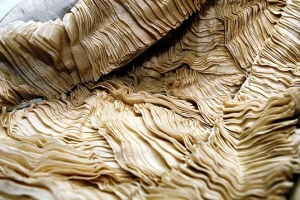Piña cloth weaving reached its peak of perfection in the late 18th century and in the first half of the 19th century. Piña cloth became one of the most sought after handwoven materials because it was a suitable wear to tropical climate and due to its uniqueness and beauty, it offered the most feminine and refined look in an age of elegance and romanticism. Piña cloth then was described as “one of the most beautiful fabrics of Manila . . . only used in the dress of the wealthy, being too costly for common use…”
Philippine piña was so notable then that items like handkerchiefs, gowns and linens were considered worthy gifts for royalty. In 1862, a piña handkerchief was presented as a wedding gift to Princess Alexandra on the occasion of her marriage to Edward VII by Edward Parr, one of the moving spirits of the Manila British Community. Today, a replica of this can be found in the piña collection of the Victoria and Albert Museum in London. Other outstanding gifts to royalty and heads of state were also discovered and were said to be so well-received.

